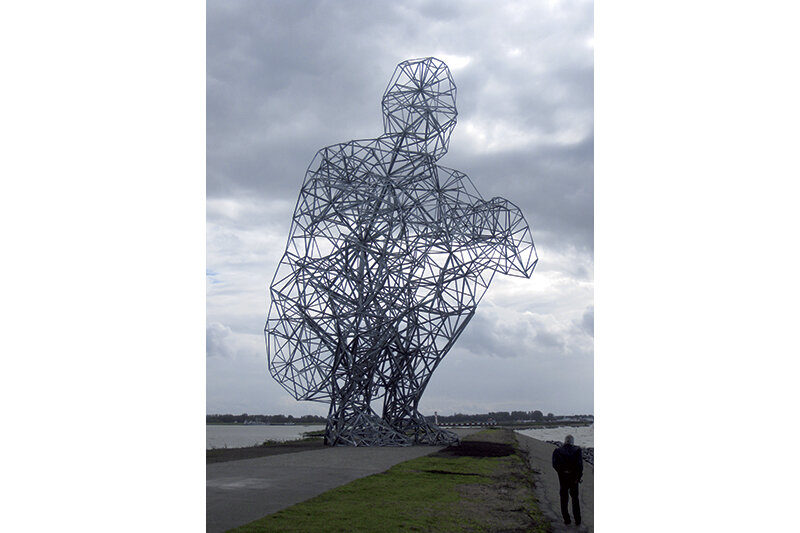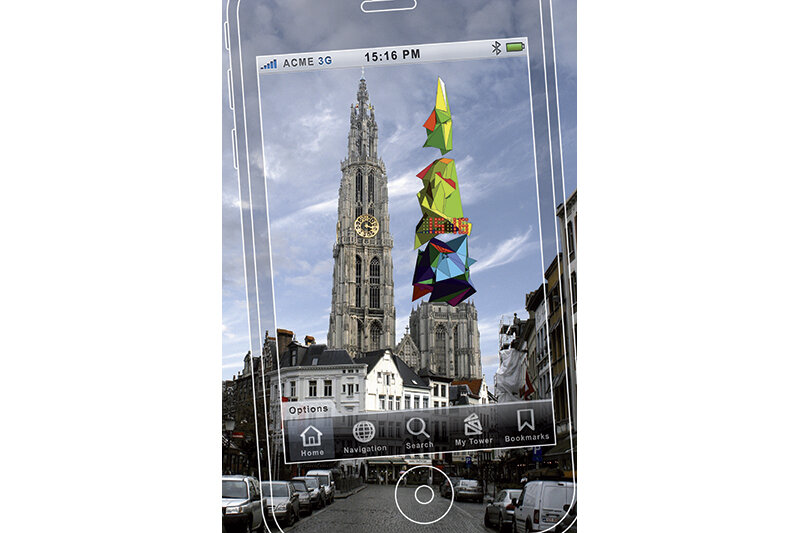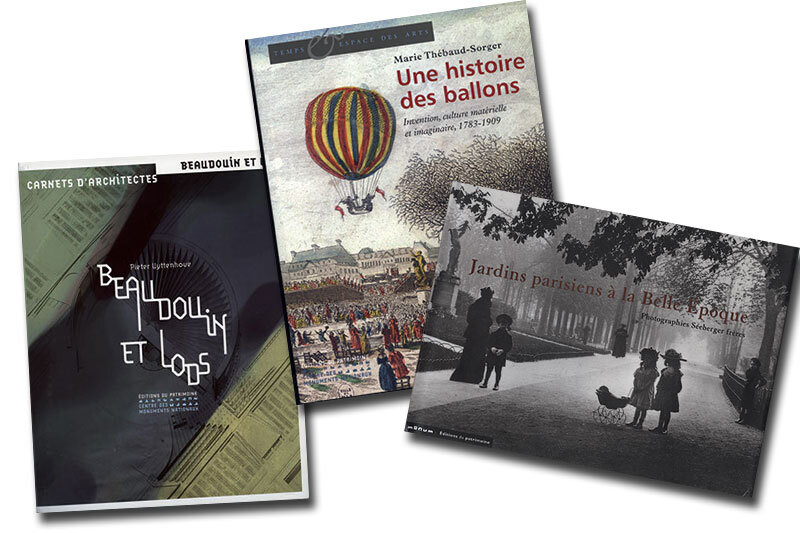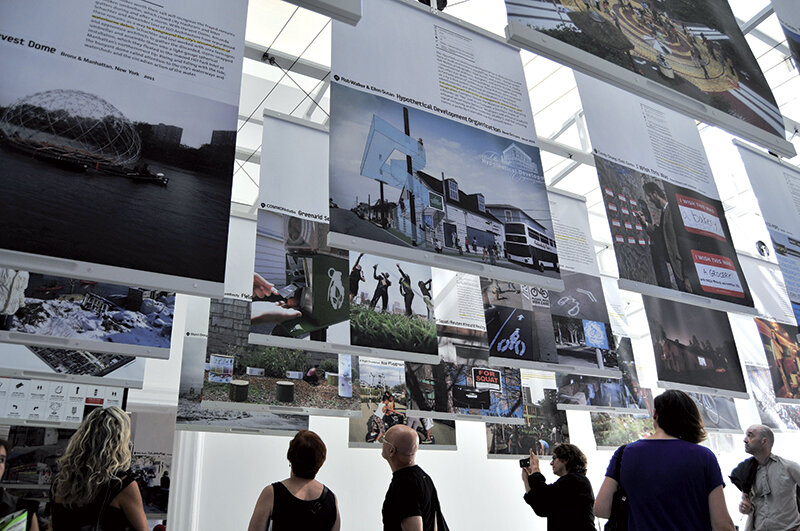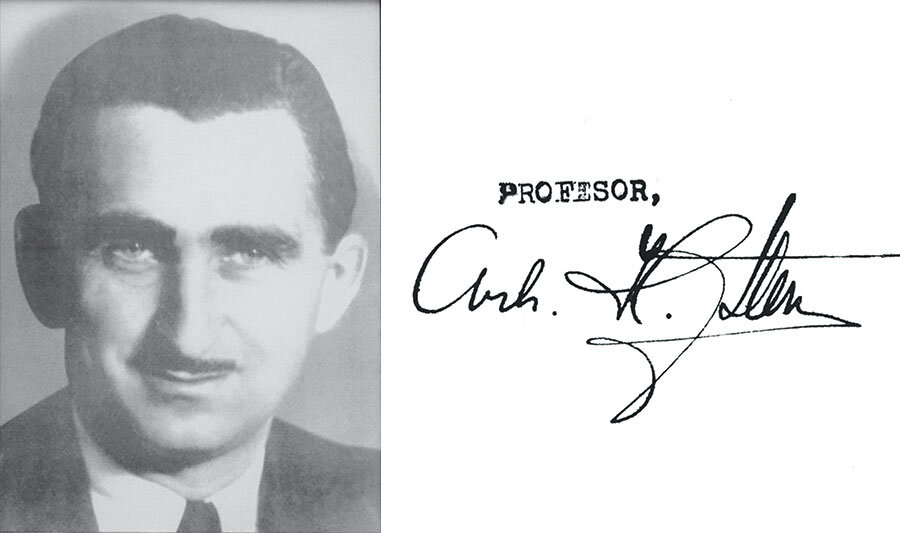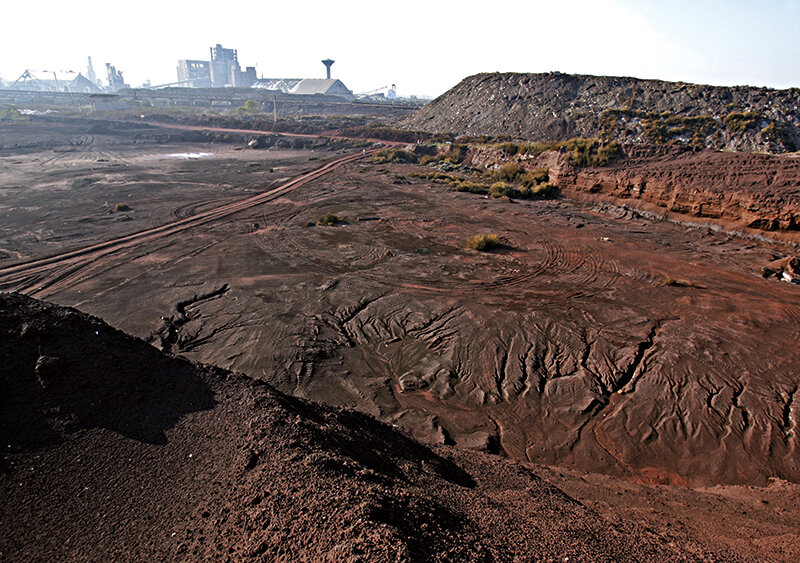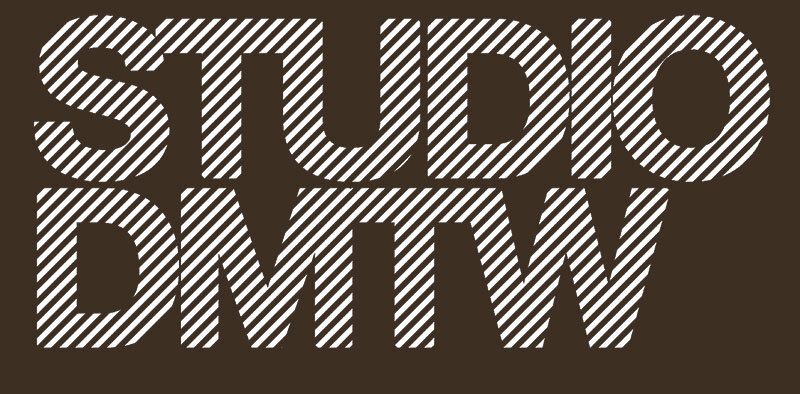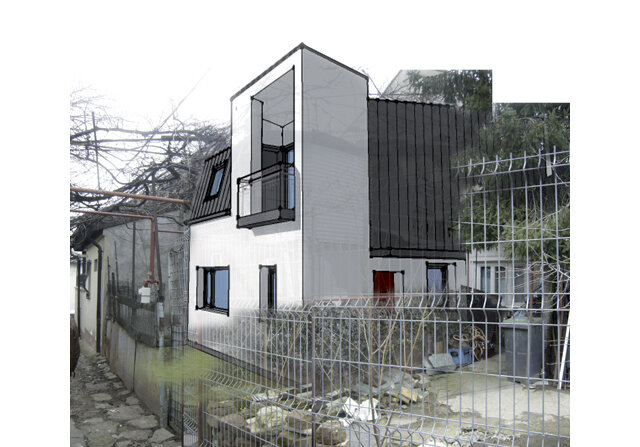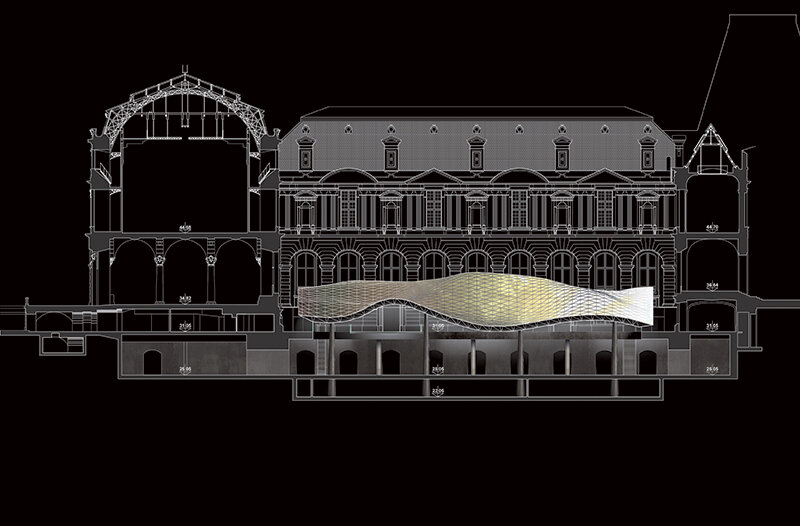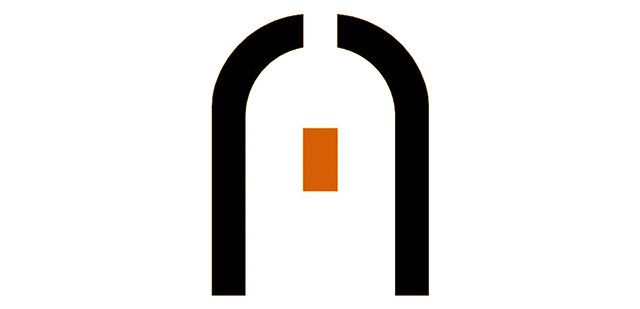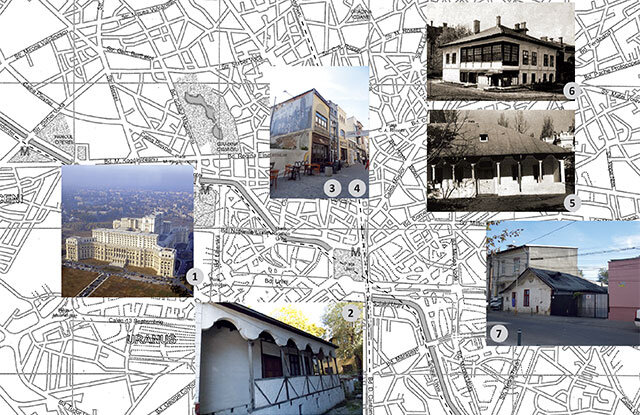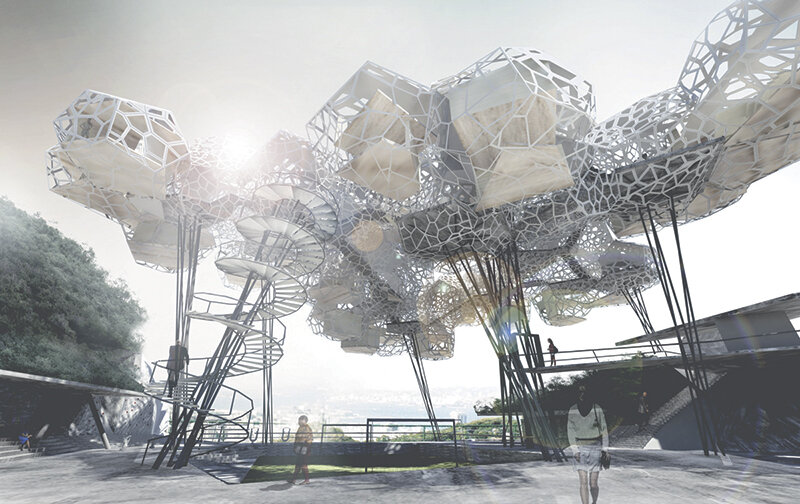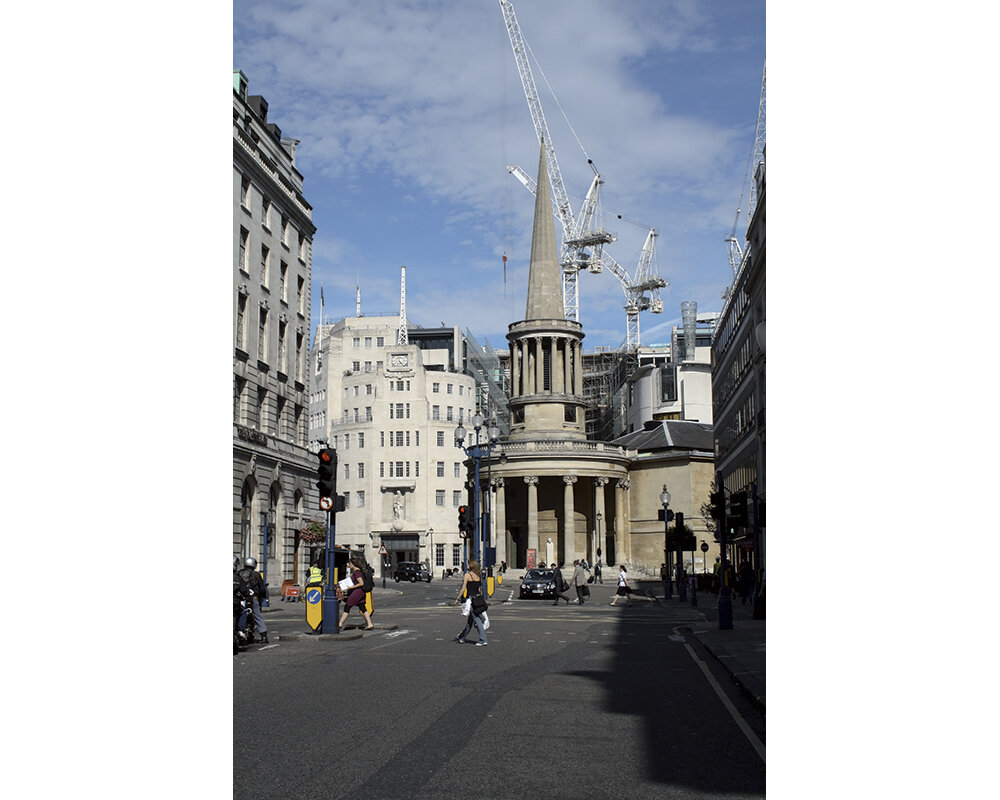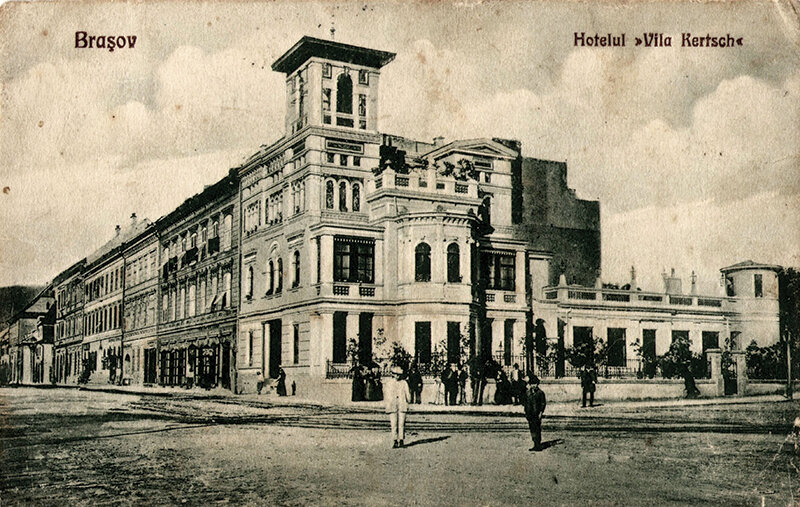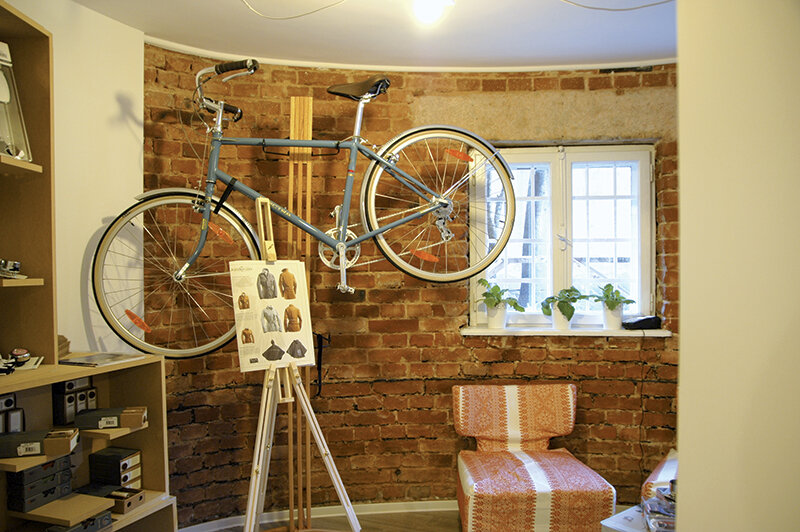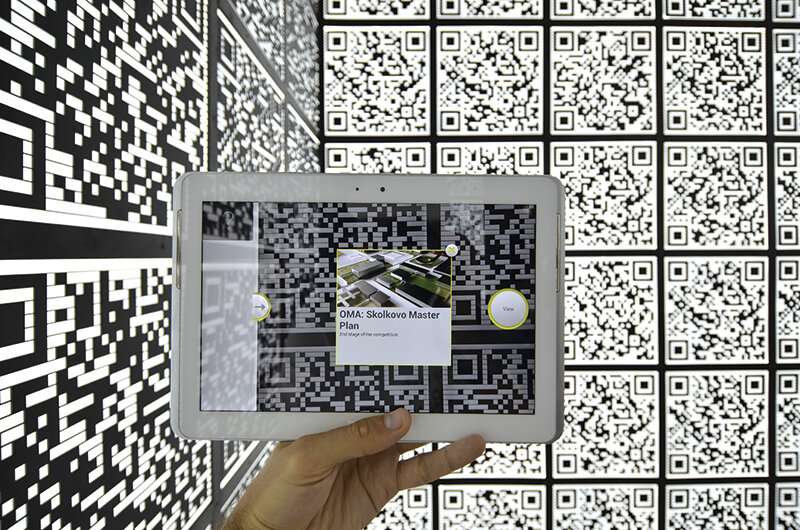
Urban forms
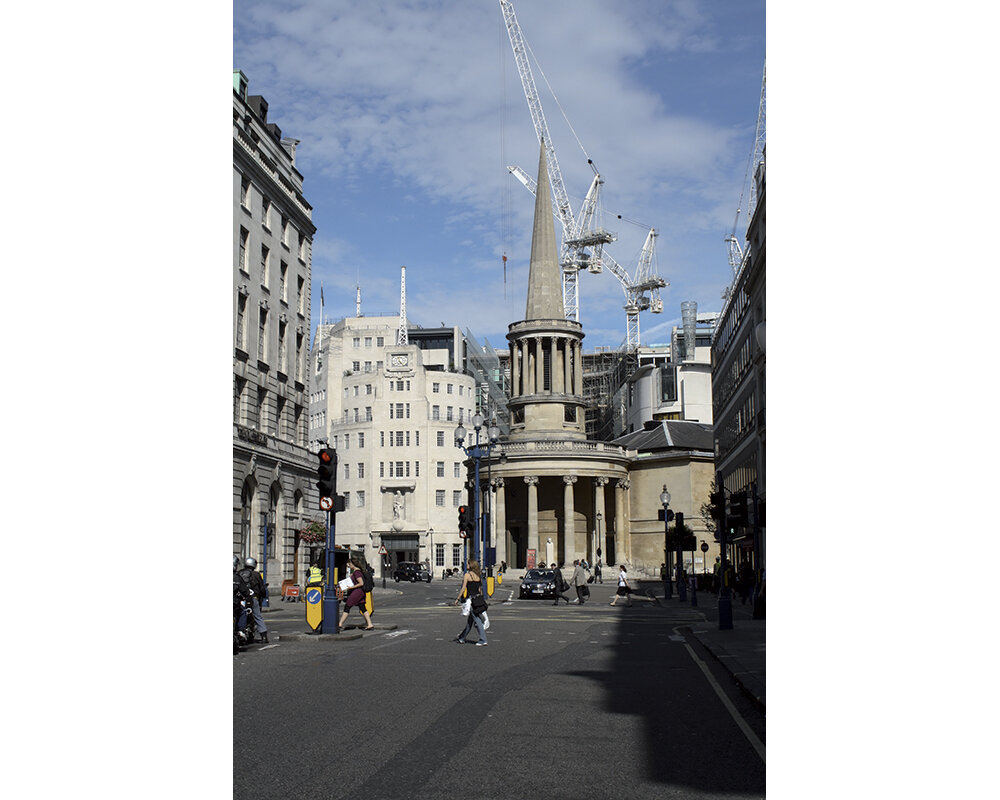
Urban forms
| When referring to the notion of "urban form", many people remark on its complexity and polysemy. This is undoubtedly true, but other aspects that are less often mentioned are also worth emphasizing. Thus, for example, Dominique Raynaud speaks of a certain "terminological laxity", which he relates to the difficulty of reaching agreements in a field (urbanism) where recent transdisciplinarity can lead to the appropriation of terms by researchers who have neither the training nor the direct work for an objective overview: "a sociologist and a geographer will have a real interest in presenting a notion from another epistemological region as belonging to sociology or geography"¹. |
| It is perhaps exciting and 'productive' for some to talk about urban form as 'climatic urban form' or 'social urban form', but the intrinsic nature of the term is not there. The urban form is the concrete reality of the city as it presents itself to our eyes (perception) in order to become (through reception) an (urban) image. Image, as the subject's representation of reality. We can accept that the real urban form consists mainly of the volumes of the buildings and the urban space (void) that the buildings maintain for multiple reasons. With all the development of the 'built', in some cases gigantic, the major natural elements (mountains, hills, sea, ocean, rivers) continue to play a considerable role in the urban form. Various other "presences" (urban installations and equipment, vegetation, works of art, urban furniture, night lighting), not forgetting the human being as the main actor, participate in the urban form. Sight is the sensitive mechanism that provides the essential contact with urban reality, "...especially when forms captivate the eye"². Other senses (touch, smell, hearing) are also increasingly in demand today. |
| Read the full text in issue 5/2012 of Arhitectura magazine. |
| NOTES : 1.Dominique Raynaud - Forme urbaine: une notion exemplaire du point de vue de l'épistémologie des sciences sociales - http://hal.inria.fr/docs/00/ 04 /93/PDF/Forme_urbaine-LSPU.pdf 2 Kevin Lynch - L'image de la cité, Dunod, Paris, 1971, p. 106 |
| Referring to the notion of "urban form", many are those who remark upon its complexity and polysemy. This is undoubtedly true, but there are also other, less noticed aspects that are likewise worthy of highlighting. For example, Dominique Raynaud speaks of a certain "terminological laxness" that he relates to the difficulty of reaching an agreement in a domain (urbanism) whose recent transdisciplinarity may induce researchers who do not have the training or direct experience for an overall objective view to appropriate certain terms: "a sociologist and a geographer will have a genuine interest in presenting a notion originating from a different epistemological area as belonging to sociology or geography."1 |
| It is probably captivating and "productive" for some to speak of urban form as "climatic urban form" or "social urban form", but the intrinsic nature of the term does not reside there. Urban form is the concrete reality of the city as it presents itself to our eyes (perception) so that it might become (via reception) an (urban) image. An image, as a representation by a subject, of reality. We may accept that the real urban form is principally made up of the volumes of buildings and the urban space (emptiness) that the buildings contrive for various reasons. Despite development of the "built", which in some cases is gigantic, major natural features (mountains, hills, the sea, the ocean, the rivers) continue to play a considerable role in urban form. Various other "presences" (urban utilities and equipment, vegetation, artworks, urban furniture, street lighting), and not forgetting human beings as the principal actors, participate in urban form. Sight is the sensory mechanism that provides the essence of contact with the urban reality, "especially when the forms captivate the eyes".2 Today increasingly the other senses (touch, smell, hearing) are also activated in their turn. |
| Read the full text in the print magazine. |
| NOTES: 1. Dominique RAYNAUD - Urban form: an exemplary concept from the point of view of the epistemology of the socialsciences -http://hal.inria.fr/docs/00/ 04 /93/PDF/Forme_urbaine-LSPU.pdf 2 Kevin LYNCH - L'image de la cité, Dunod, Paris, 1971, p. 106 |

